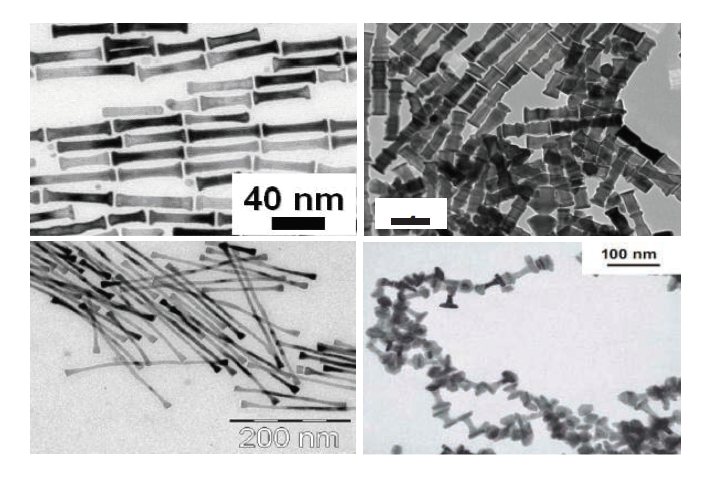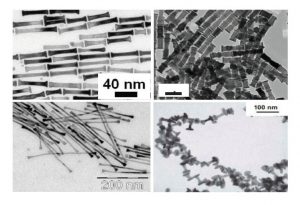- Liquides élémentaires
- Liquides complexes (ionique et olymèriques)
- Liquides conditionnés (sous haute pression, confiné, solutions)
- Verres d'oxyde et chalcogenures
- Cristallisation
- Transition vitreuse
Simple liquids - Complex liquids (ionic and polymeric)
- Liquids in special conditions (high pressure, confined, in solutions)
- Oxyde glasses and chalcogenures
- Crystallization
- Glass transition



